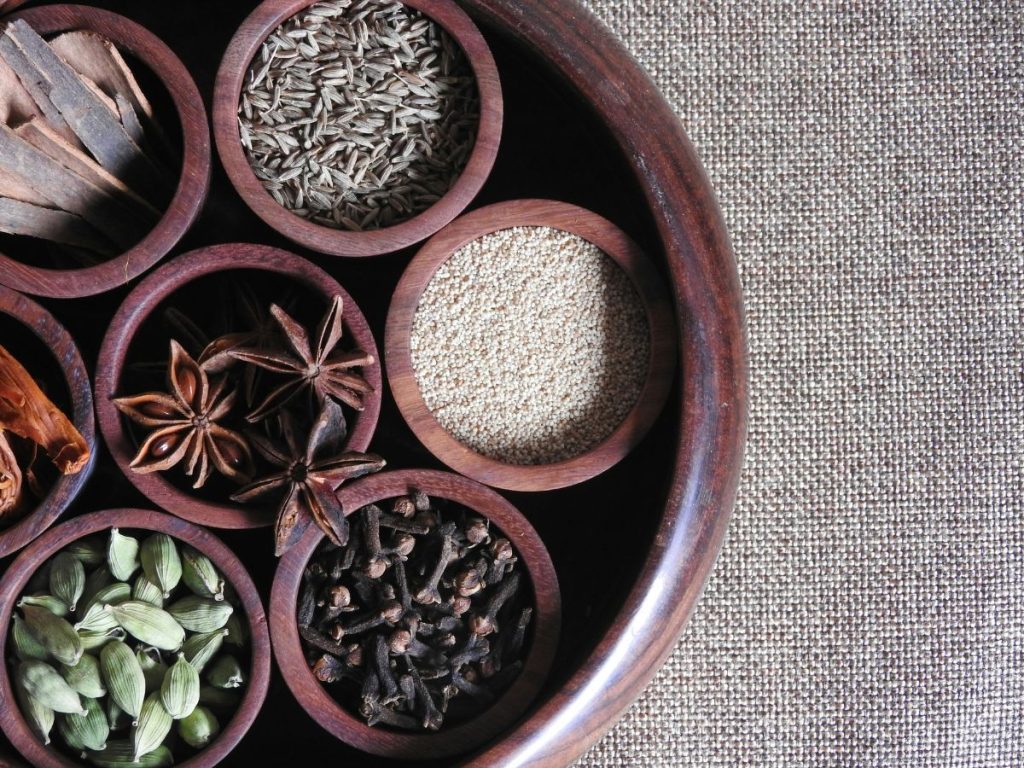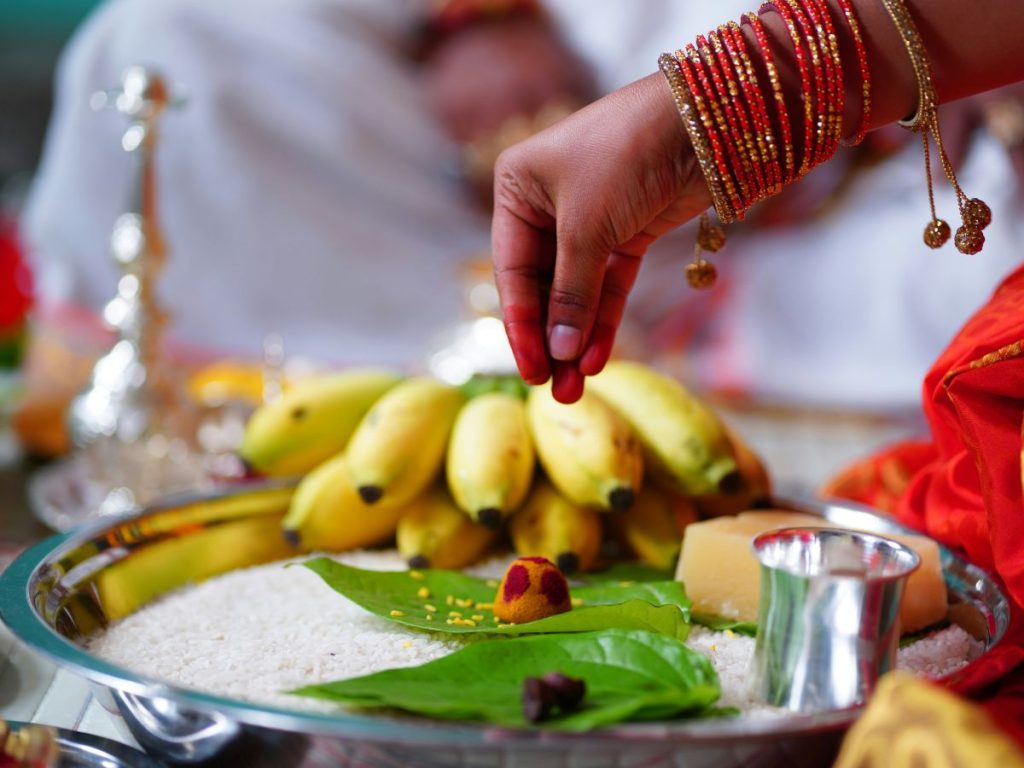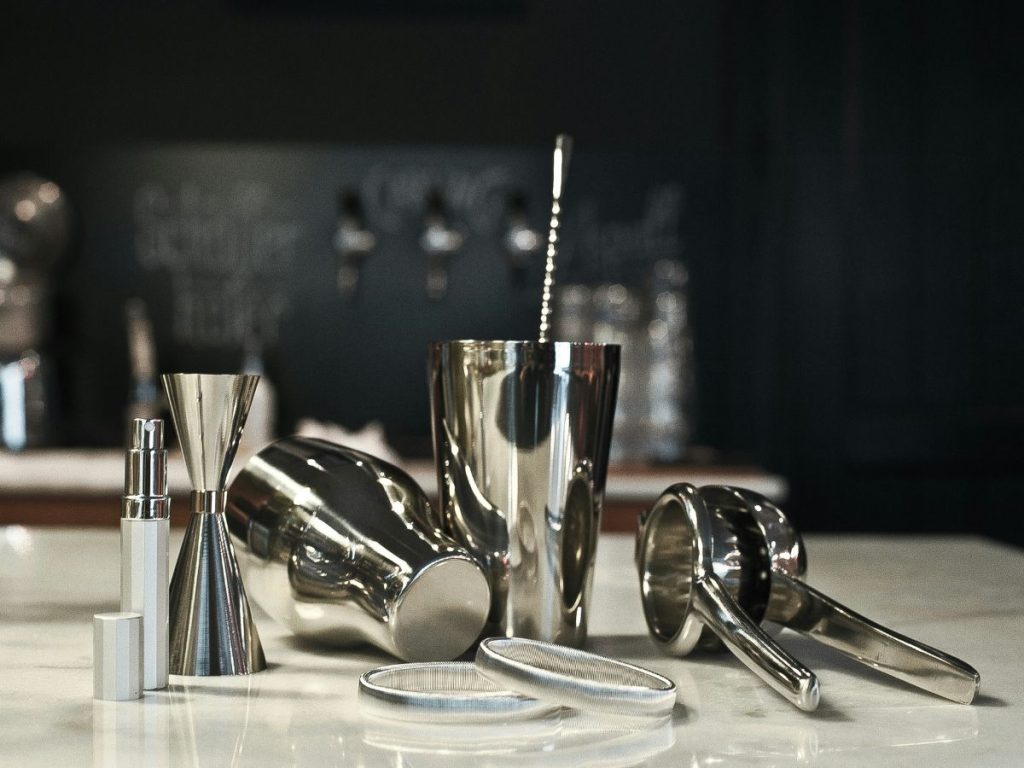India is a land of diverse cultures, traditions, and customs, and this is beautifully reflected in Indian homes. Regardless of region, religion, or background, there are certain items that almost every Indian household possesses. These items are not just objects; they hold deep cultural, sentimental, and practical significance. Whether it’s for religious purposes, culinary needs, or simply to uphold traditions passed down through generations, these three items are indispensable in every Indian home.
1. Spices and a Masala Dabba (Spice Box)

Indian cuisine is synonymous with rich, aromatic flavors, and the secret behind this lies in the variety of spices used in everyday cooking. Walk into any Indian kitchen, and you will undoubtedly find a masala dabba—a traditional round or square stainless steel box with multiple small compartments filled with essential spices.
Why Every Indian Home Has a Masala Dabba
- Essential for Cooking: Indian cooking relies on a blend of spices such as turmeric, cumin, coriander, mustard seeds, red chili powder, garam masala, and asafoetida.
- Symbol of Tradition: The masala dabba is a generational staple, often passed down from mothers to daughters.
- Convenience and Organization: It keeps spices neatly arranged and easily accessible while cooking.
The presence of these spices goes beyond flavor; they also have medicinal properties. Turmeric, for example, is known for its anti-inflammatory benefits, while cumin aids digestion. Even if someone doesn’t cook often, a basic collection of Indian spices is a must in every home.
2. A Puja Thali or Religious Symbols

Spirituality is deeply rooted in Indian culture, and almost every household, regardless of religion, has a dedicated space for worship. Hindu homes usually have a small mandir (prayer room or altar) with idols and pictures of deities. Even non-Hindu households have their own sacred symbols, such as a cross, Quranic verses, or Buddhist artifacts.
Why Religious Symbols Are Common in Indian Homes
- Daily Rituals and Prayers: Many Indians start their day with a small prayer or lighting a diya (lamp) as a way to seek blessings.
- Festivals and Celebrations: Indian homes come alive during festivals like Diwali, Navratri, and Eid, where religious items play a central role.
- A Source of Positivity: A puja thali (plate) with essential items like a diya, incense sticks, kumkum (vermilion), and flowers is a symbol of devotion and brings a sense of peace to the household.
- Protection and Good Fortune: Items like the nazar battu (evil eye charm) or torans (decorative hangings) are believed to ward off negative energies.
Even in modern, minimalist homes, one can find at least a small religious corner, a sacred book, or an idol gifted by elders.
3. A Steel Utensil Collection

If there’s one thing that truly defines an Indian home, it’s the presence of steel utensils. From stainless steel plates and tumblers to large storage containers and serving bowls, steel is an integral part of Indian kitchens.
Why Steel Utensils Are a Must in Indian Homes
- Durability and Longevity: Unlike ceramic or plastic, stainless steel utensils last for generations, making them a worthwhile investment.
- Health Benefits: Steel is non-reactive and safer than plastic, making it an ideal choice for cooking and storing food.
- Cultural Significance: In many households, guests are served meals on steel thalis (plates) as a mark of hospitality.
- Eco-Friendly Alternative: With sustainability being a growing concern, steel utensils are reusable and reduce plastic waste.
Even in urban homes with modern cookware, one can always find a set of traditional steel utensils, often used daily for meals and storing grains, pulses, and snacks.
Conclusion
These three items—the masala dabba, religious symbols, and steel utensils—are more than just household objects. They embody the essence of Indian heritage, connecting families to their traditions and roots. Whether it’s the aroma of freshly ground spices, the comforting sight of a puja thali, or the familiar clang of steel plates, these items make an Indian house truly feel like home.
No matter where an Indian family is in the world, these essentials are always present, bridging the gap between generations and keeping the spirit of Indian culture alive. If you’re setting up a home, these three items should undoubtedly be on your list!





